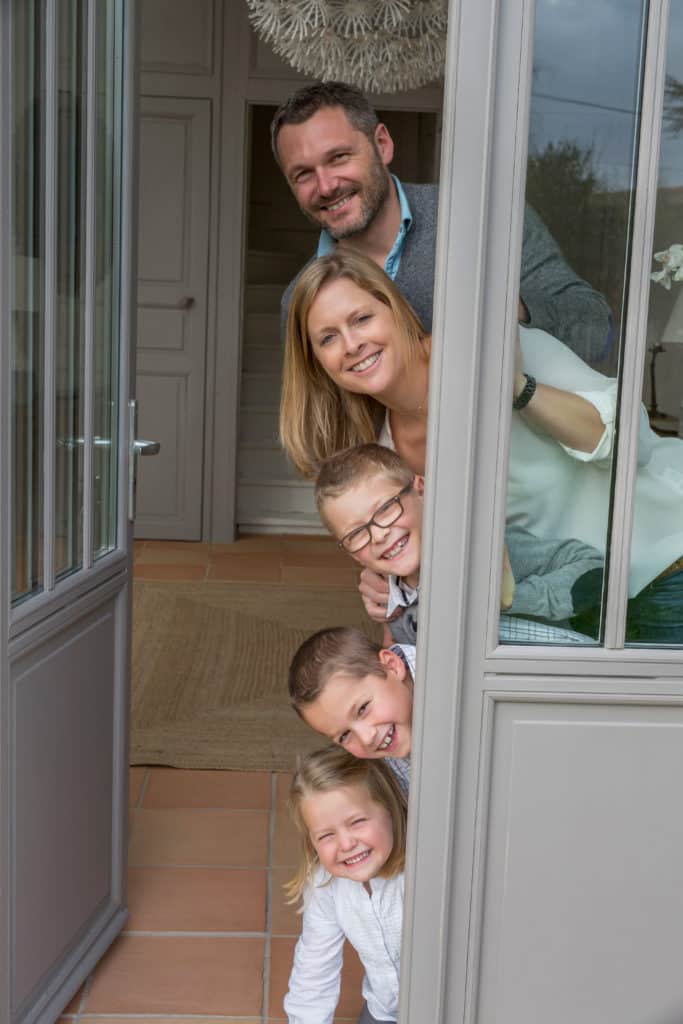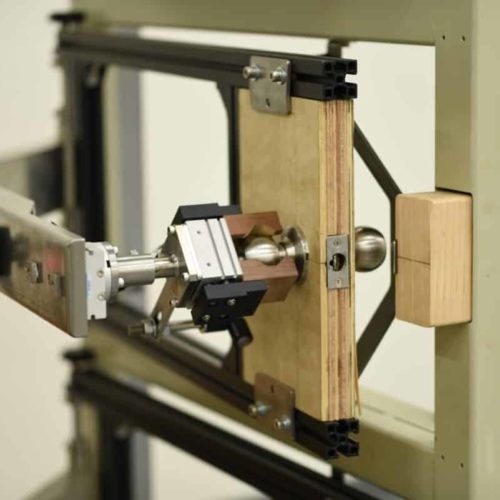Durability is a measure of functionality and is determined by how well the hardware can withstand the demands of daily life over a lengthy period of time. Choosing locks and deadbolts with the Secure Home™ label means that your selections have been certified by BHMA® to specific durability standards.
Durability

Will the door be use frequently?
The durability of a lockset or deadbolt is determined by how well it can withstand an excessive amount of weight in addition to repeated, long-term usage.

Consider how your front door hardware is confronted with countless turns of the lock – latching it, unlatching and turning it again – as you and your family come and go about your lives, welcoming friends and acquaintances into your home. The deadbolt on your entry door must endure repeated exposures to:
Clanking keys that knock against them
Blustery weather that allows the door to slam
Or, think about the lock and latch hardware of your interior doors. Busy lives mean that doorknobs are sometimes used as a convenient place to hang:
Hangers with clothes
A dripping towel
A heavy handbag
A bag of groceries or other shopping items
Also keep in mind that some rooms, such as a shared bathroom, get more use than others and that family members seeking privacy can occasionally close a door quickly, so that it slams shut. Making sure that the lock continues to work, does not jam or get stuck, is what the durability rating is all about.

Photo: Courtesy of Underwriters Laboratories Inc. (UL)
Durability Tests
Durability tests evaluate how hardware holds up over time after repeated openings and closings.
Cycling Lock Cycle Test, shown here, simulates real-life use by subjecting the lock to up to one million cycles of unlatching, closing and relatching.

